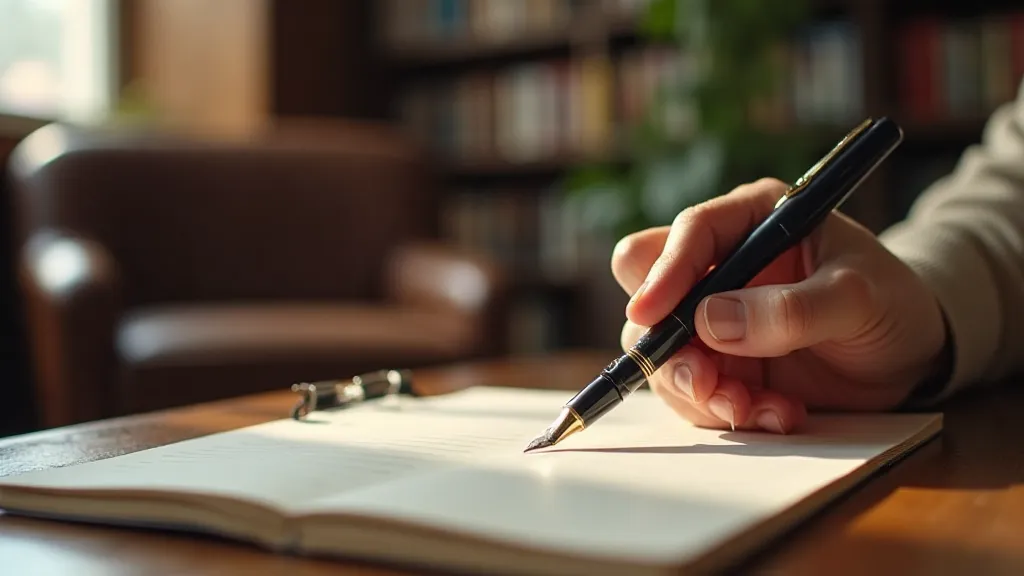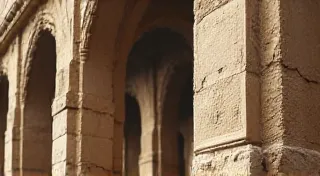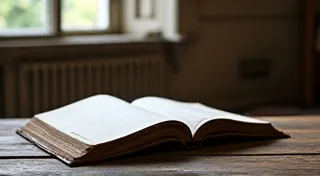The Cartographer's Sigh: Mapping Lost Territories of Creativity
There’s a particular sadness that clings to vintage fountain pens. It isn’t the mournfulness of loss, precisely, but something subtler: the weight of untold stories, of moments frozen in time. Holding a Waterman from the 1920s, or a Parker Duofold from the 1930s, isn’t simply appreciating a beautiful object; it’s sensing a connection to a lineage of scribes, thinkers, and dreamers. They held these pens. They wrote with them. And now, here we are, holding a fragment of their world, often neglected, sometimes broken, awaiting resurrection. Pen repair, much like cartography, isn't just about fixing something that’s stopped working; it’s about revealing a hidden landscape.
Cartography, at its heart, is an act of reconstruction. Ancient maps were notoriously inaccurate, often embellished with mythical creatures and exaggerated coastlines. They weren’t striving for sterile precision; they were attempting to capture a sense of place, a feeling of wonder. Think of Martin Waldseemüller’s 1507 map, the first to name America. It wasn’t perfect, far from it, but it marked a pivotal moment in our understanding of the world – a tentative, imperfect, but essential rendering of a new reality. Similarly, a vintage pen often presents us with a fragmented history. A cracked lever, a clogged sac, a nib misaligned by decades of use – these are not defects to be erased, but clues to be deciphered. They are the wrinkles on a wise face, the story etched into the very materials themselves.
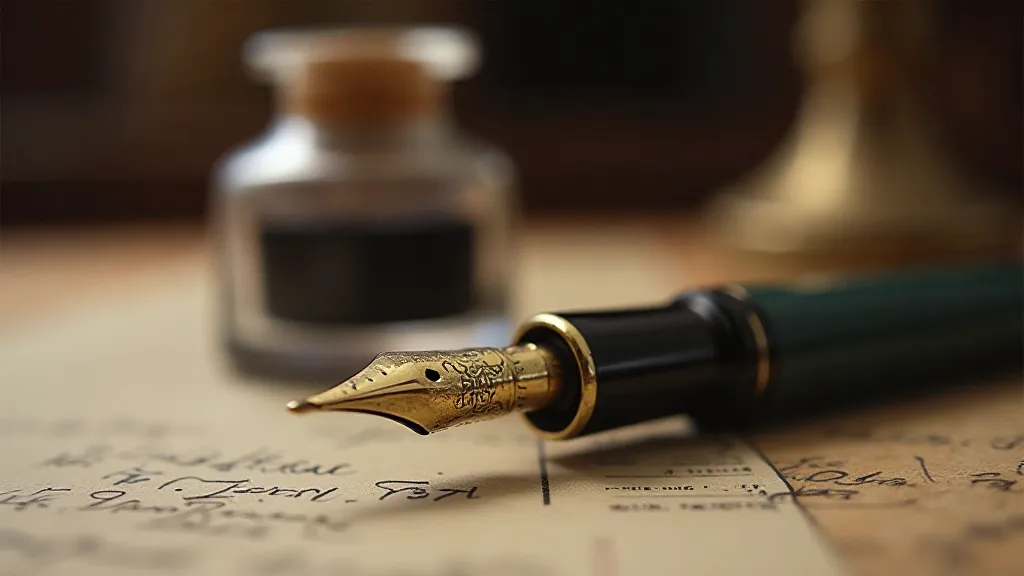
The Imperfect Tools, the Imperfect Craft
I remember finding my first Waterman, a lever-filler from the 1920s, at a dusty antique shop. It was in appalling condition. The lever was broken, the sac was petrified, and the nib was so misaligned it wrote with a scratchy, erratic line. Most would have dismissed it as junk. But I saw potential. I saw a story. I envisioned the hand that had once held it, the letters it had penned, the thoughts it had helped to form. The repair process itself became a meditative act. Carefully dismantling the pen, cleaning each component, meticulously assessing the damage – it was a slow, deliberate unraveling of a small, personal mystery. This experience resonated with a deeper understanding of the materials used, their inherent qualities and how they contribute to the pen’s character – a subject worthy of exploration in its own right. For those interested in the finer details of vintage pen construction, digging deeper into the resonance of brass and other crucial components can offer a whole new level of appreciation.
That experience resonated with something deeper than just the mechanics of pen repair. It’s easy to strive for perfection in our own creative endeavors, to aim for a flawless prose style, a perfectly sculpted verse, a flawlessly executed painting. But true creativity often arises from embracing the imperfections, the unexpected turns, the inevitable stumbles. Think of the deliberate “mistakes” in Wabi-Sabi aesthetics, the beauty found in asymmetry and the patina of age. That scratchy nib on the Waterman, initially frustrating, forced me to experiment, to find a different feel, a different rhythm. It led to a more personal, more expressive style of writing, a style informed by the imperfections of the tool itself. The inherent character of vintage writing instruments, often shaped by their age and history, is something many restorers strive to preserve. Sometimes, understanding the layers of history present can even lead to surprising insights into the reservoir of memory held by antique objects.
The History Etched in Resin and Gold
The history of fountain pens is inextricably linked to the history of writing itself. From the quill pen to the dip pen, the fountain pen represented a significant leap forward – a greater convenience, a more consistent ink flow, a more elegant writing experience. Companies like Waterman, Parker, Sheaffer, and Montblanc weren't just manufacturing writing instruments; they were crafting symbols of sophistication, of ambition, of intellectual pursuit. They were, in their own way, shaping the landscape of communication. Beyond the well-known brands, understanding the stories held within each pen – the fragments of memories and narratives they’re preserving – has a profound effect. The echoes of those past lives can inspire our own. The gradual evolution of nib design, reflecting changes in writing styles and preferences, provides a fascinating glimpse into the cultural shifts of the eras in which they were created. The influence of these historical writing tools extends beyond mere functionality; they represent a tangible connection to the past, sparking imagination and inspiring new creative pursuits. For those drawn to the subtleties of this evolution, an exploration into the secret language of nib width can reveal a captivating world of artistry and precision.
Understanding this history can inspire new writing projects. Consider a project centered around a specific pen – a series of poems inspired by a Parker Vacumatic, a short story set in the era of a Conway Stewart, a historical novel exploring the lives of those who used a particular brand. The pen becomes more than just a tool; it becomes a muse, a portal to another time. The careful preservation and restoration of these instruments ensures that these stories continue to be told, connecting us to the individuals and events that shaped our world.
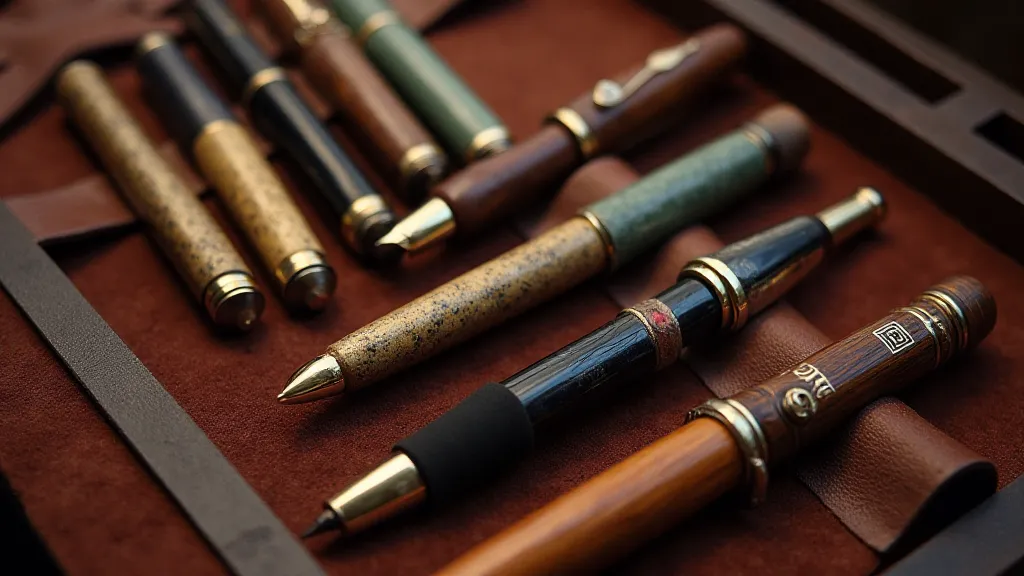
More Than Restoration: A Form of Reverence
The act of restoring a vintage pen is, in a way, an act of reverence. It’s a recognition of the craftsmanship, the artistry, the history embodied within the object. It’s a conscious decision to breathe new life into something that might otherwise be lost to the ravages of time. It's not about making the pen "perfect," but about preserving its character, its essence, its story. The beauty isn't solely in the restored functionality; it's in the understanding of what it takes to bring it back to life. Each component – the nib, the sac, the lever – has a specific role to play in the pen’s overall personality, and understanding that relationship is crucial to both repair and appreciation. The challenges inherent in restoring these vintage pieces often require a deep understanding of materials science and historical manufacturing techniques, demanding a level of expertise that goes beyond mere mechanical repair.
Sometimes, the damage is beyond repair. A sac may be too brittle to replace, a lever too corroded to salvage, a nib too damaged to reshape. In those cases, it’s important to acknowledge the limits of what can be done. Sometimes, the most respectful act is to simply preserve the pen as it is – a testament to its age, its use, its history. Allowing the patina of time to remain is often more impactful than attempting a perfect restoration, conveying a sense of authenticity and historical significance.
Mapping the Inner Landscape
Pen repair, like cartography, is ultimately about mapping a landscape—not a geographical one, but an inner one. It’s about confronting our own imperfections, acknowledging the limits of our abilities, and finding beauty in the unexpected. It’s about recognizing that the flaws in our tools can often lead to the most innovative and rewarding creative breakthroughs. That Waterman, once so broken and neglected, now writes with a smooth, steady flow. It's a constant reminder that even the most fragmented pieces can be pieced together, revealing a hidden landscape of beauty, creativity, and profound connection to the past. The process often leads to a deeper appreciation for the nuances of the tools themselves and their subtle variations in design and performance. Even subtle differences in nib width and material can dramatically alter the writing experience, creating a unique "personality" for each pen. The meticulous process of understanding and addressing these nuances allows restorers to breathe new life into these historical objects, ensuring their continued relevance and appreciation for generations to come.
The act of restoring a vintage pen is more than just a mechanical process; it's a journey of discovery, a conversation with the past, and a testament to the enduring power of human creativity. It encourages us to embrace imperfection, to celebrate history, and to find beauty in the unexpected. It serves as a constant reminder that even the most broken things can be made whole again, revealing hidden landscapes of beauty and inspiration.
